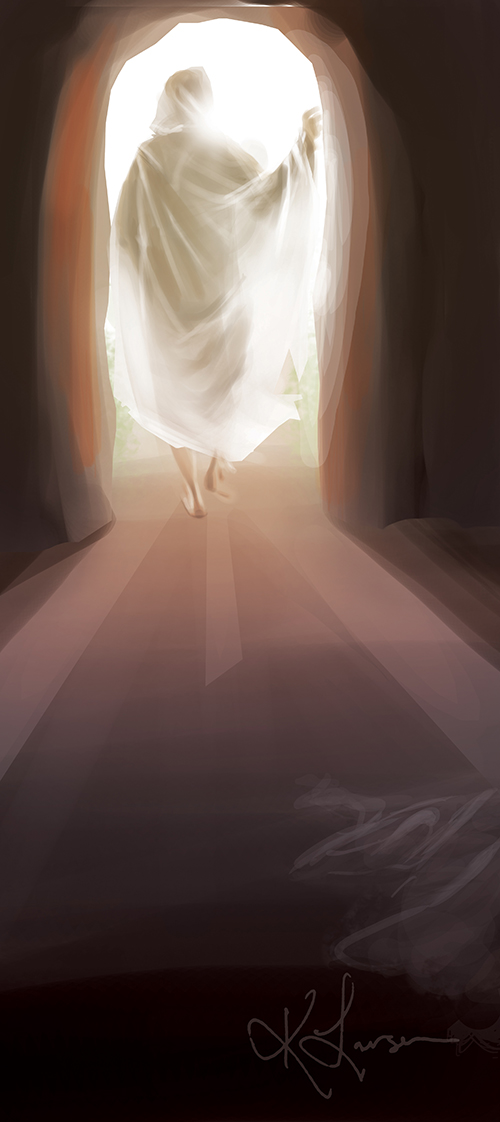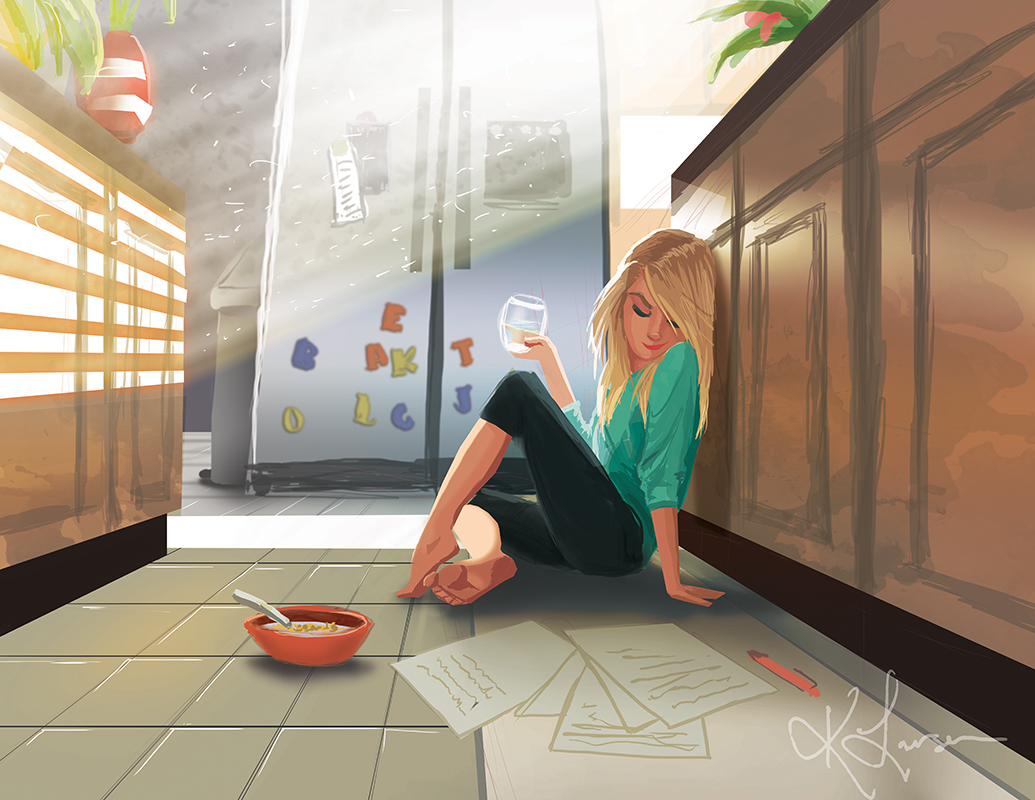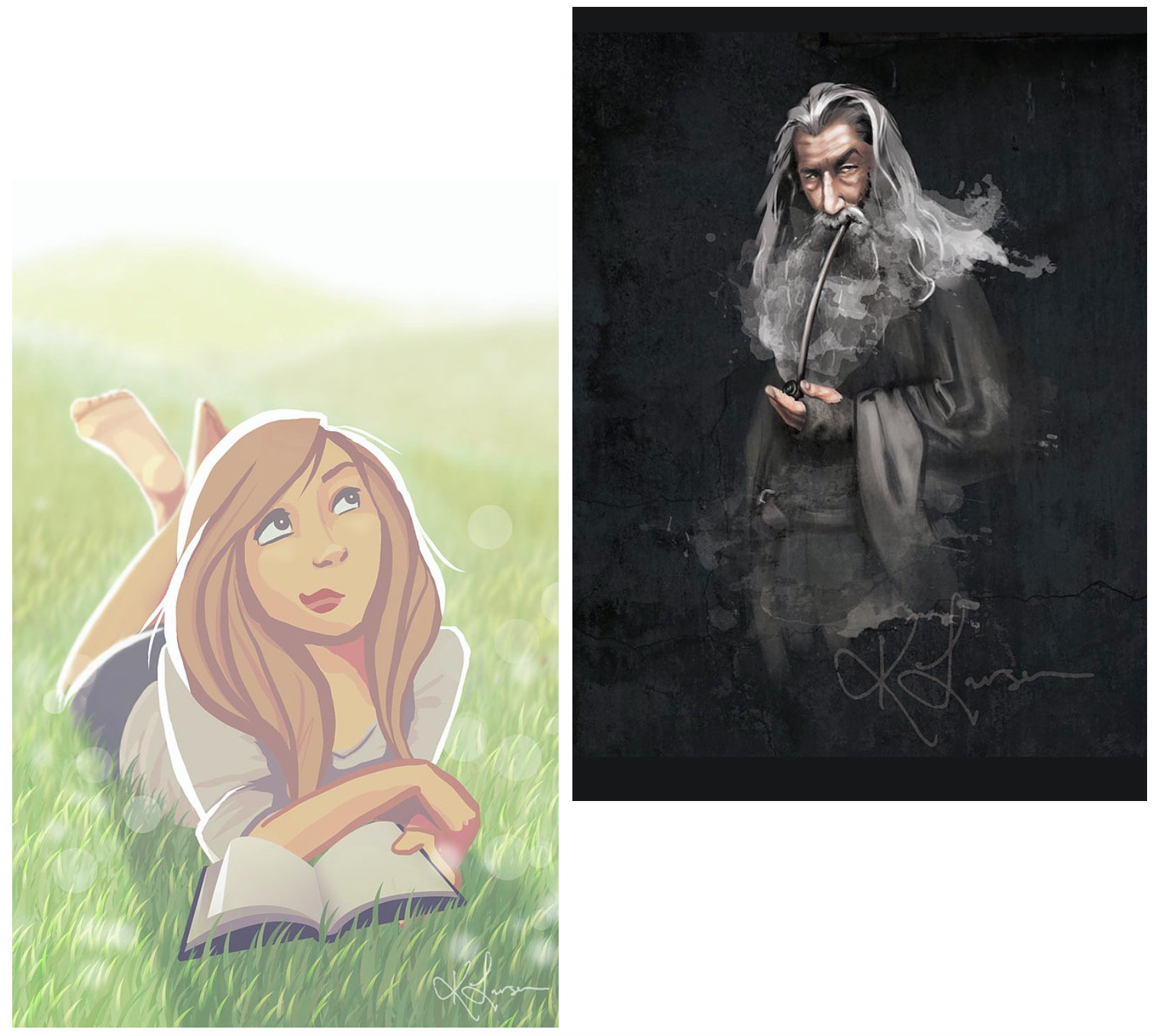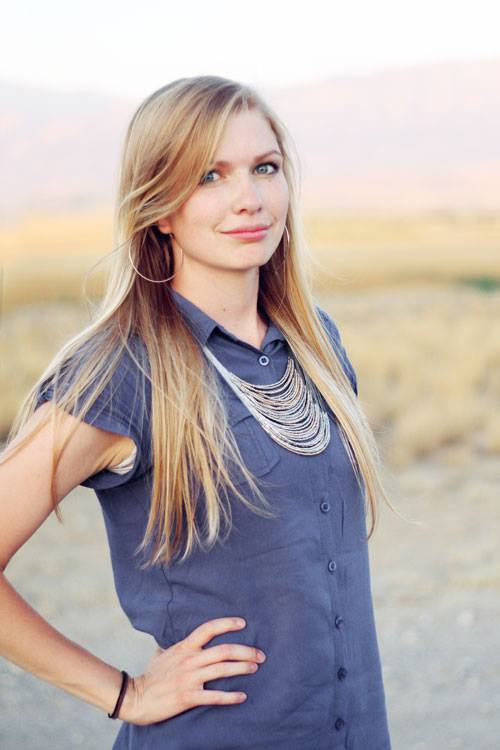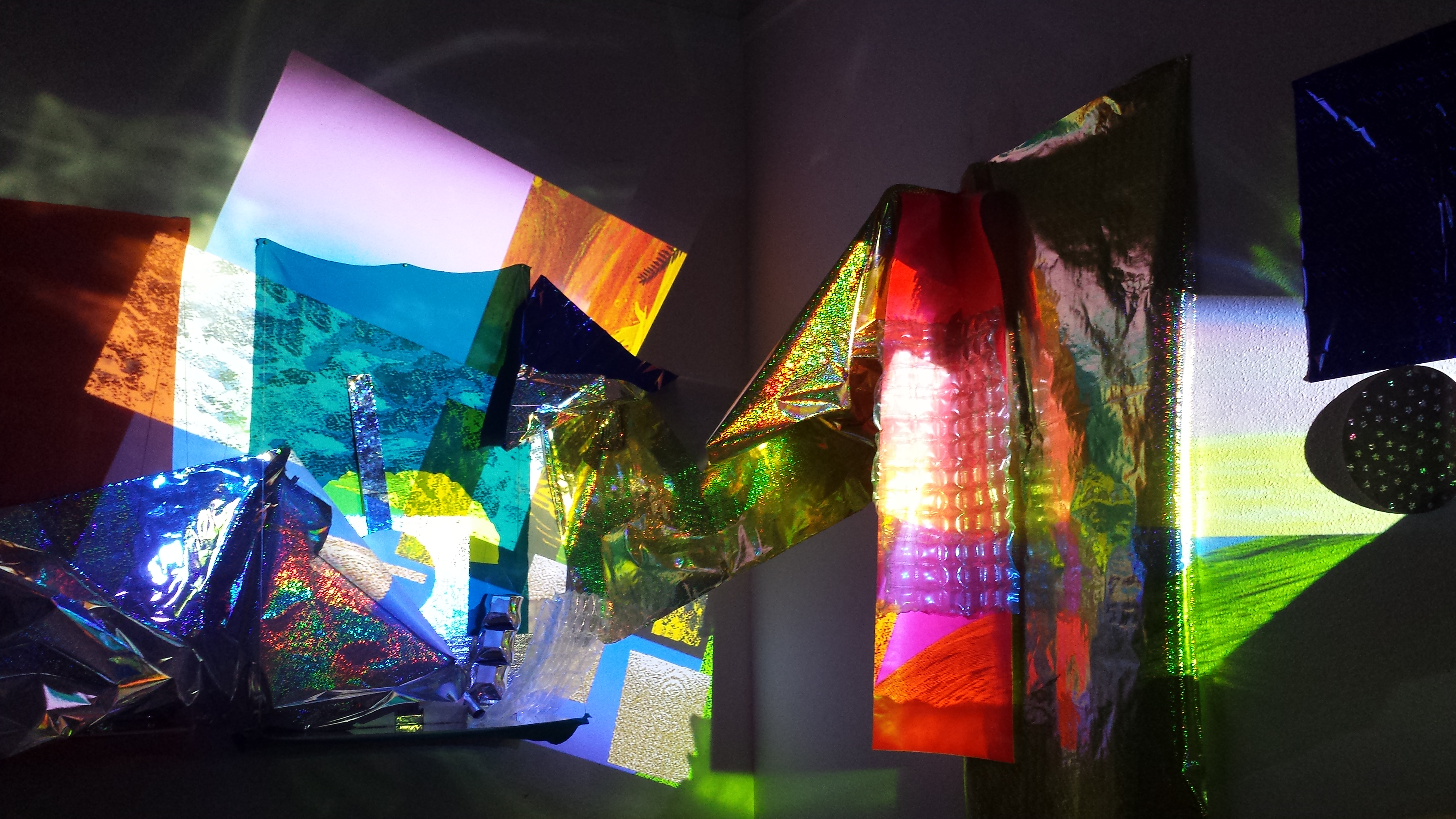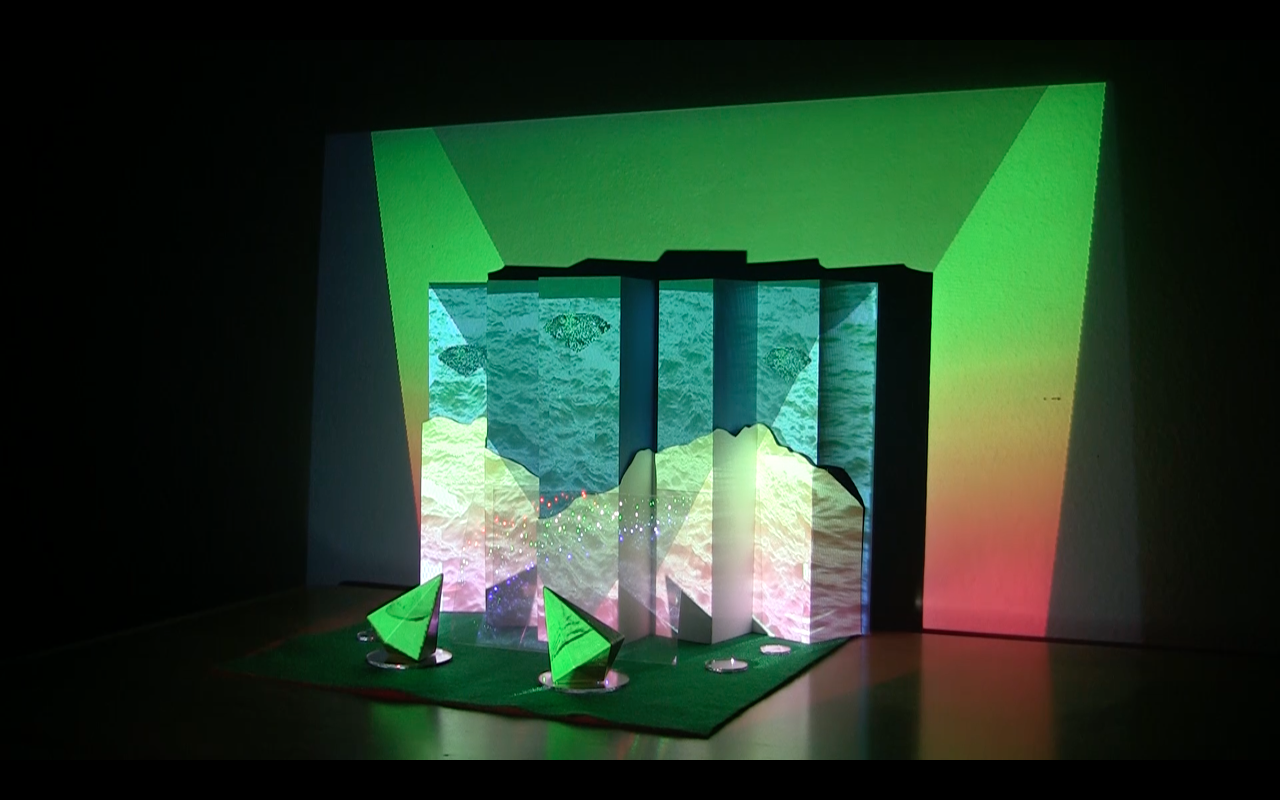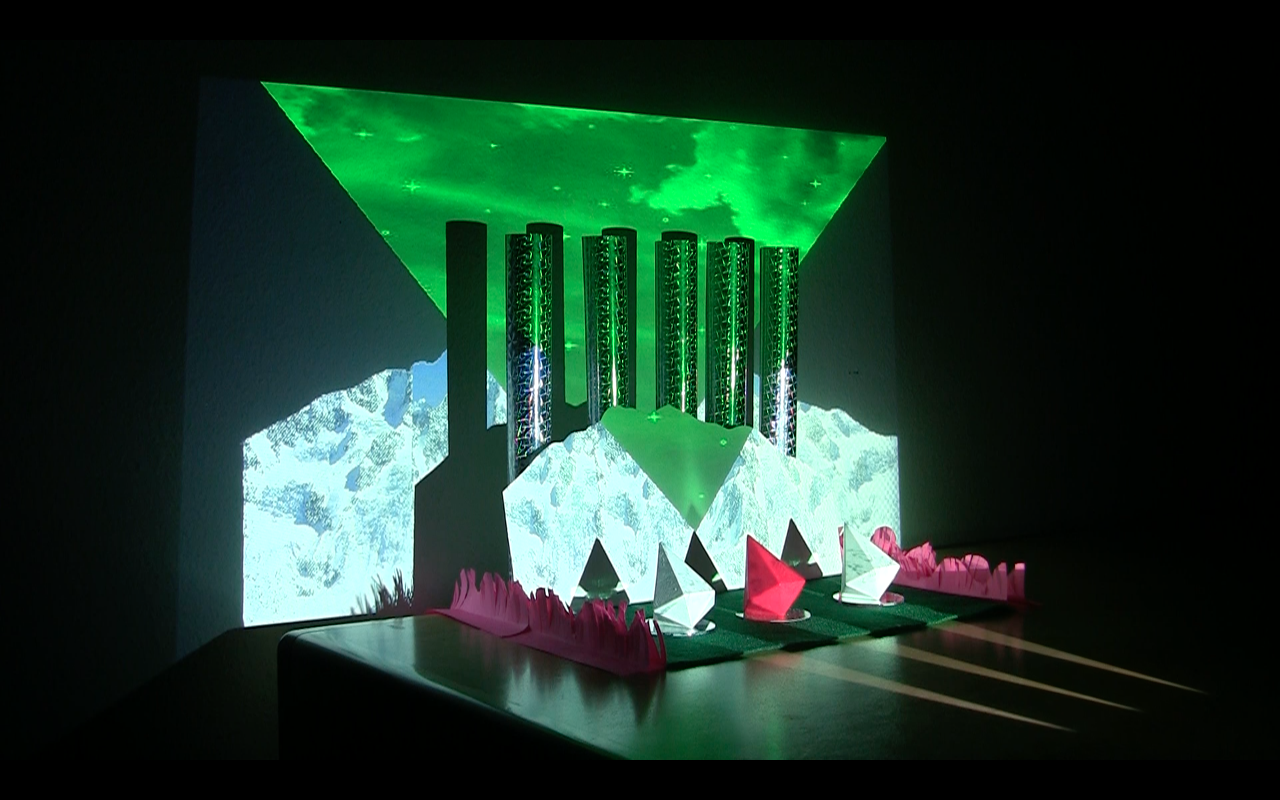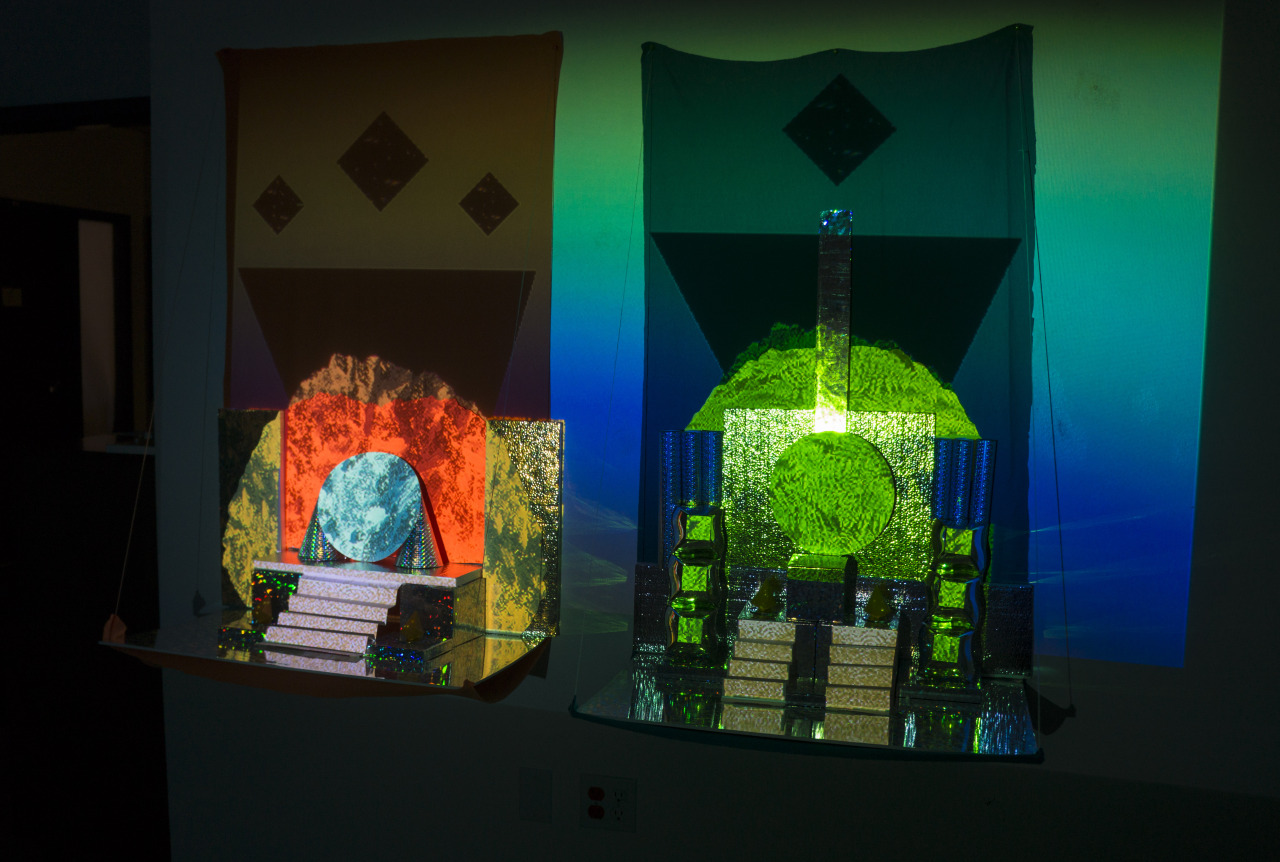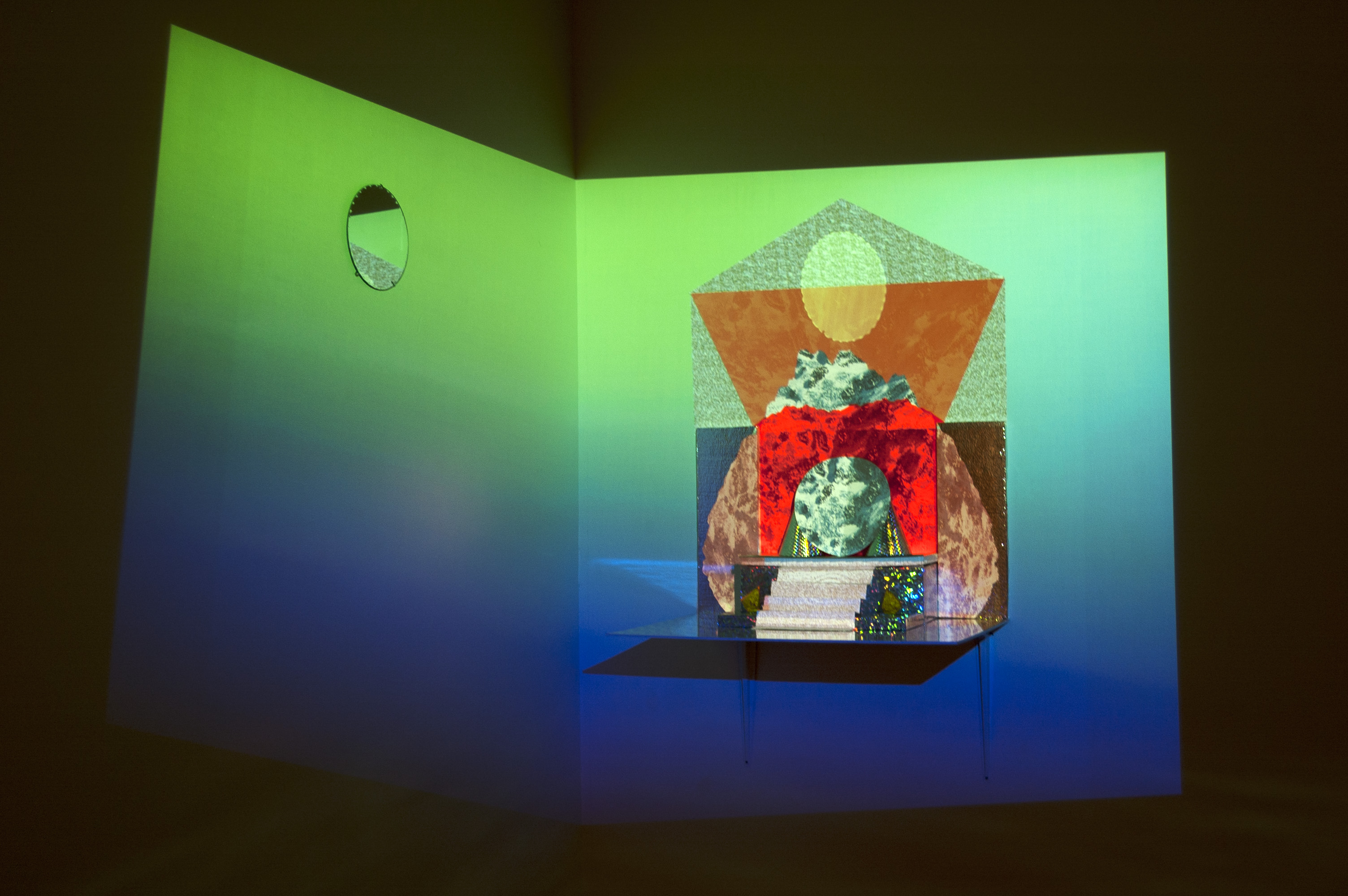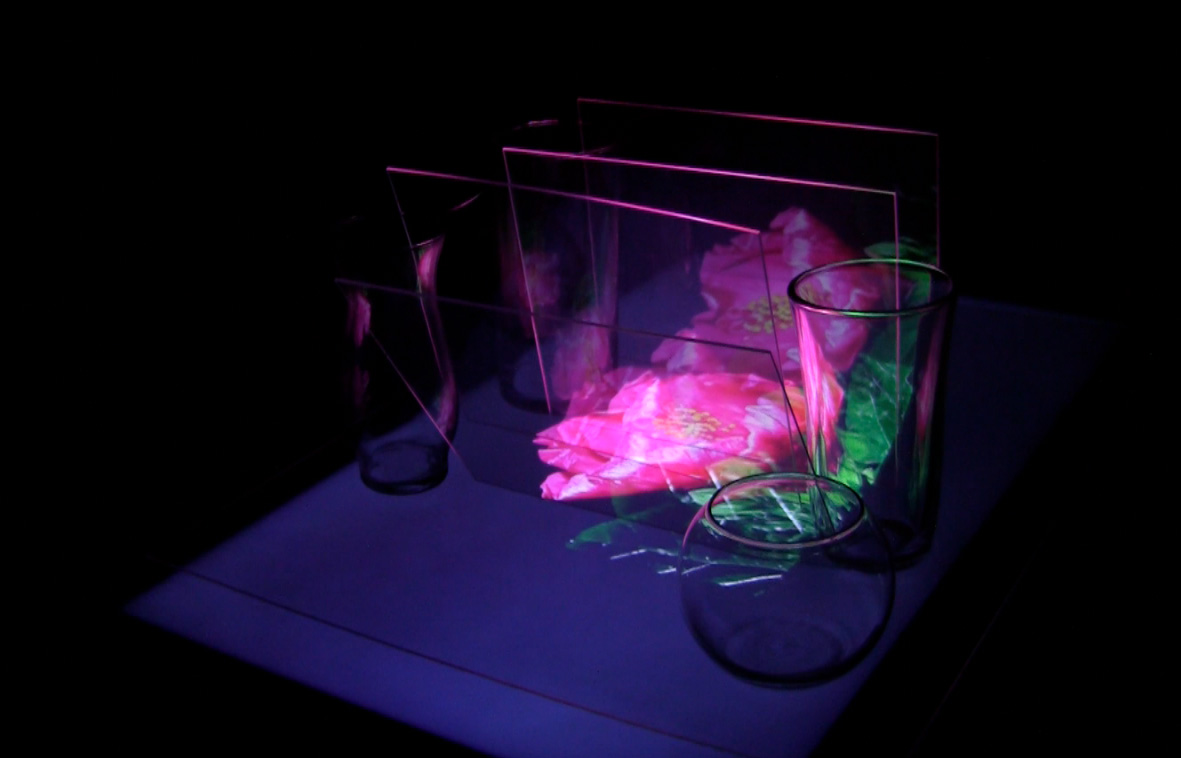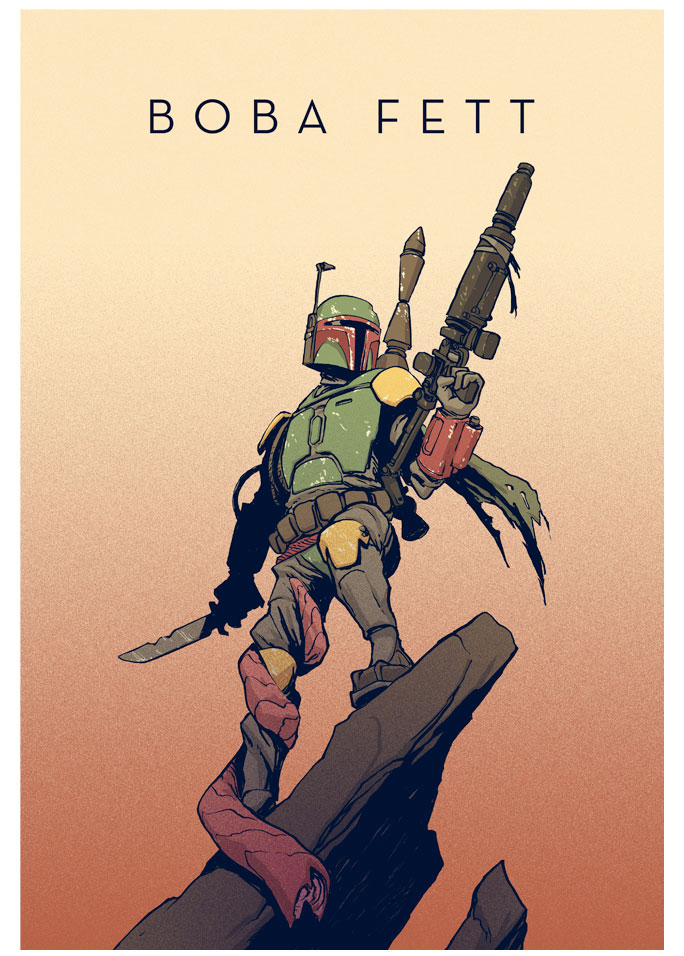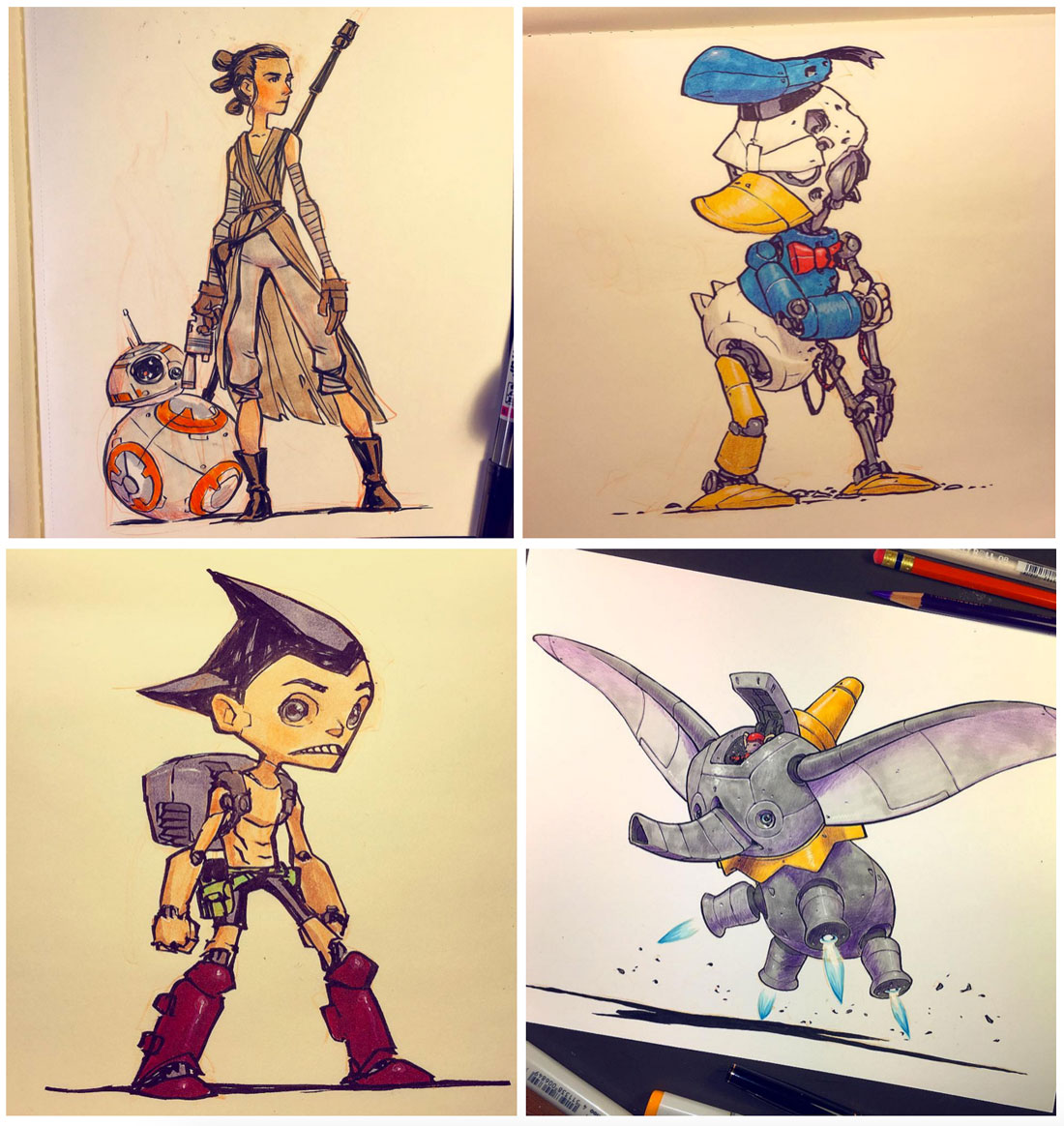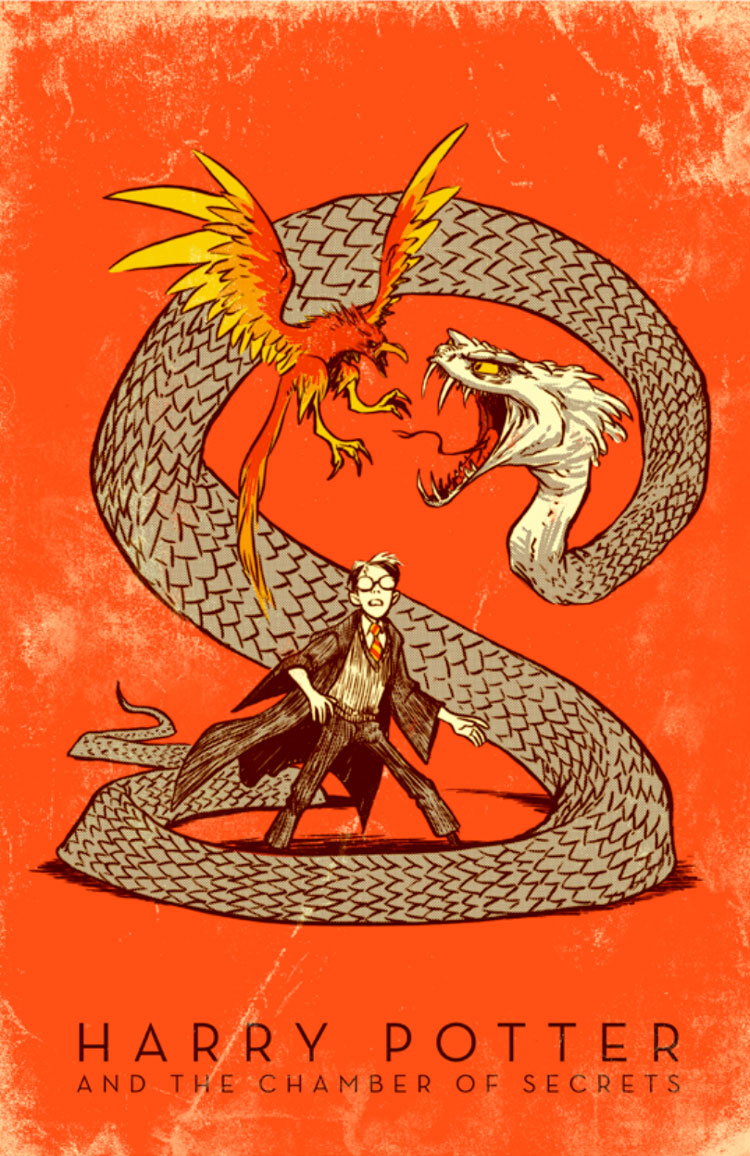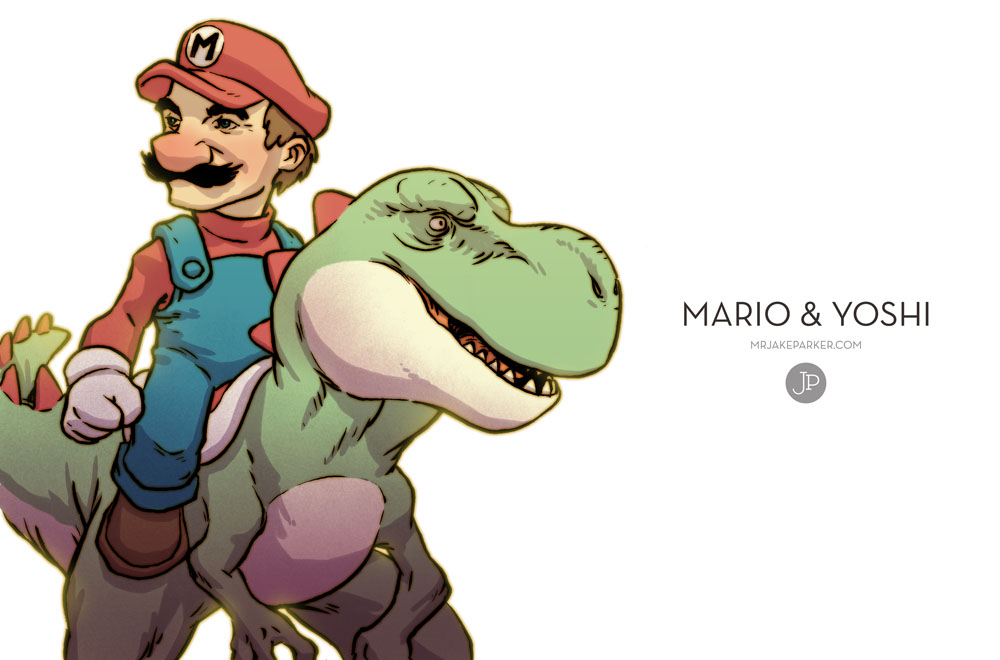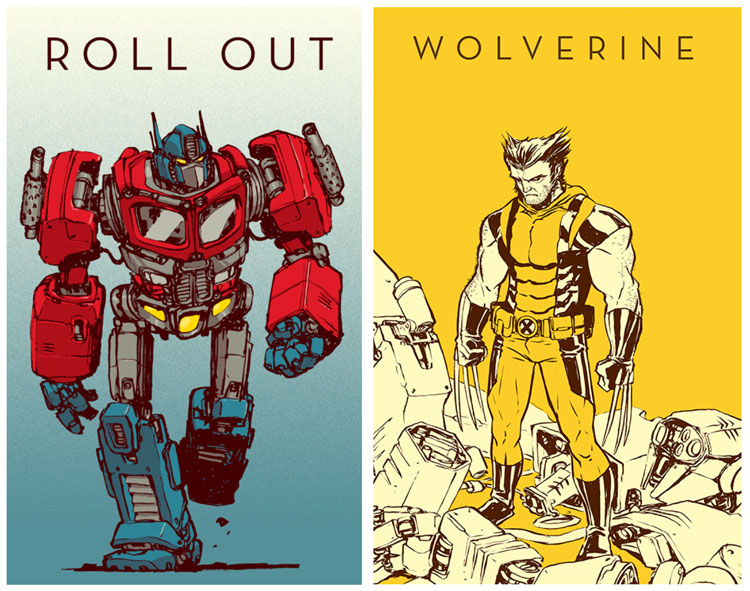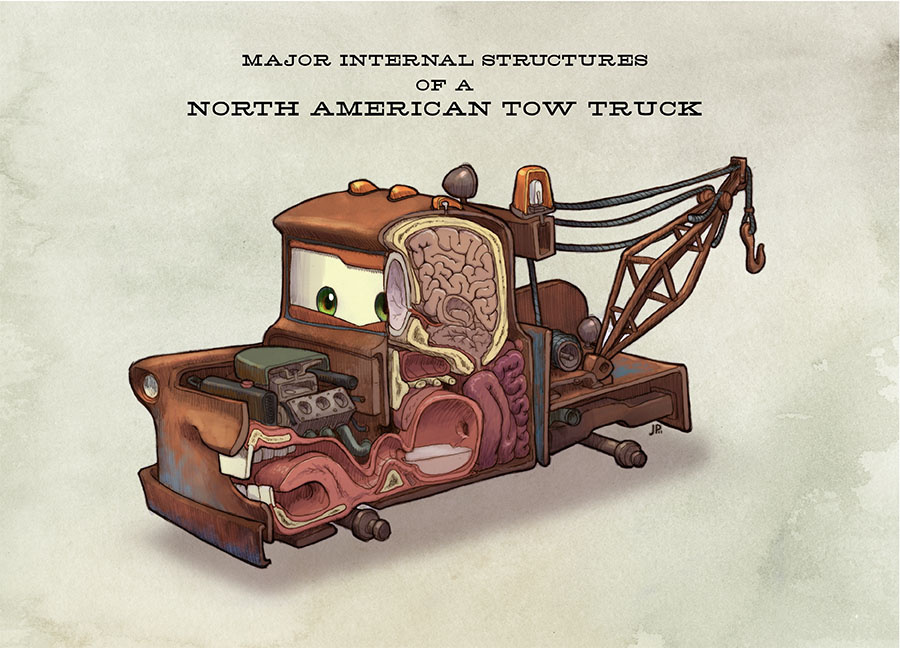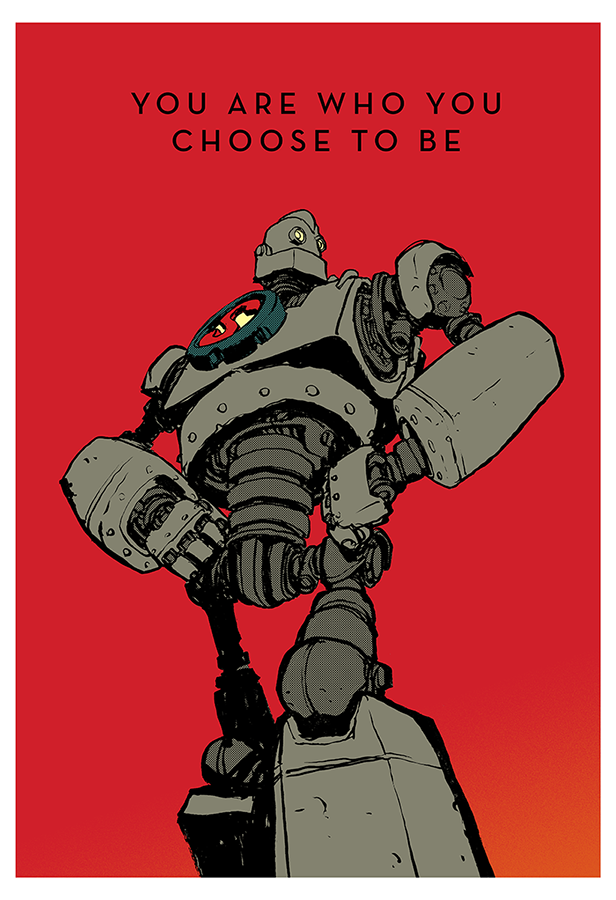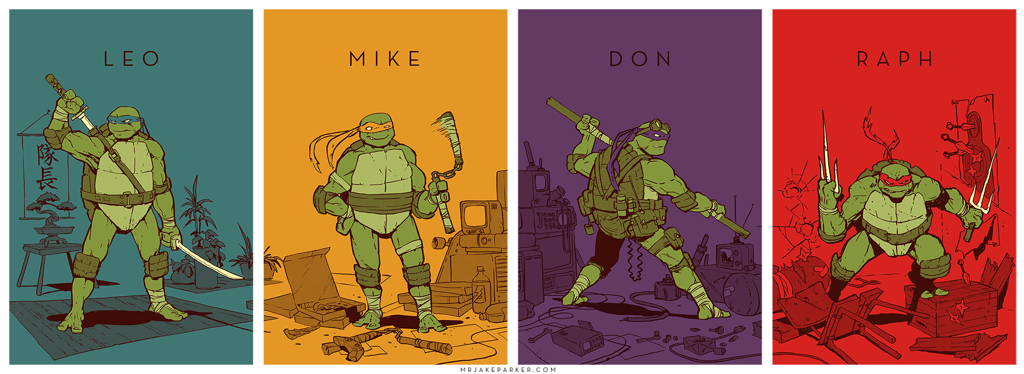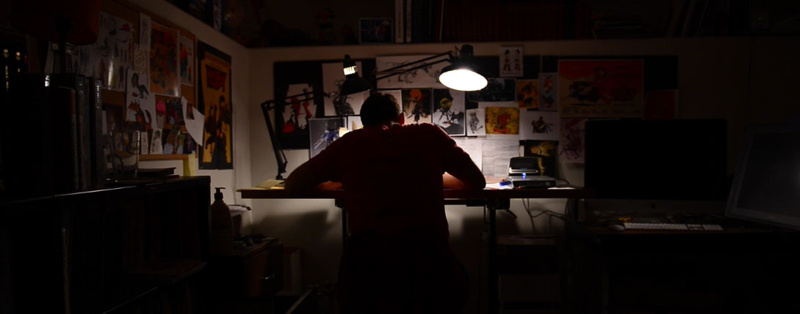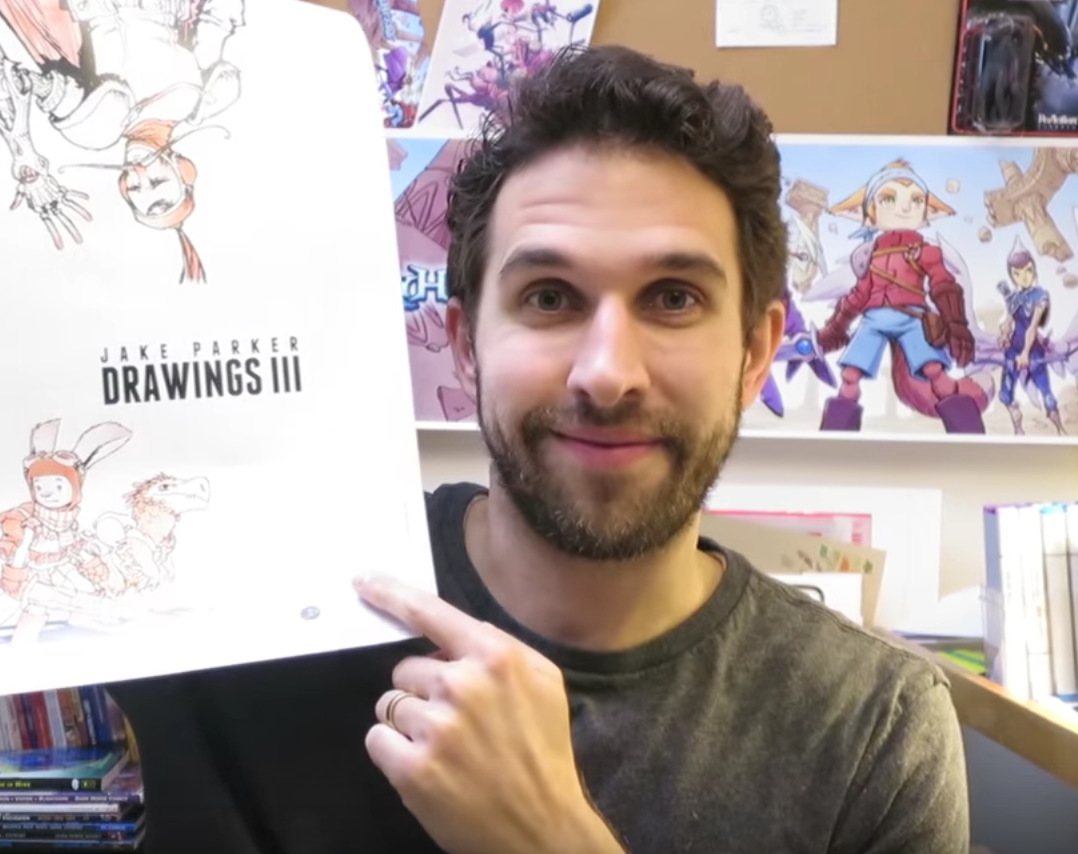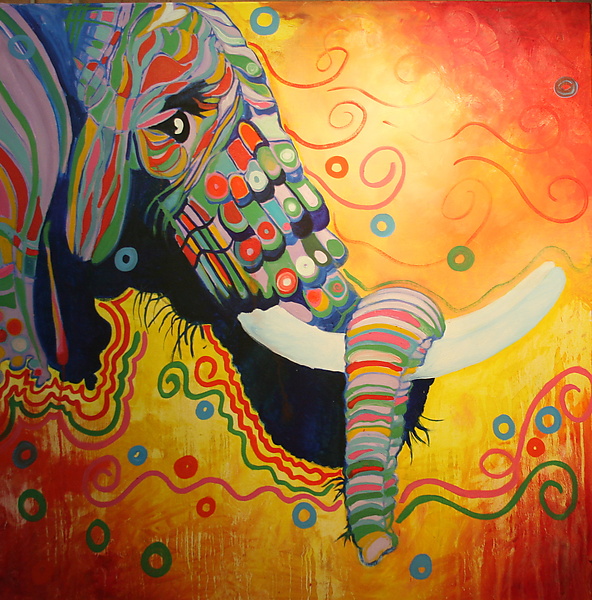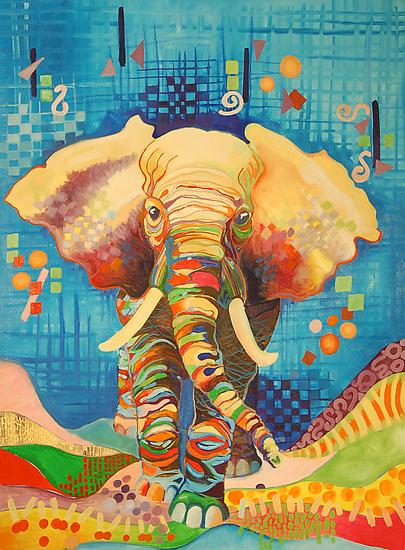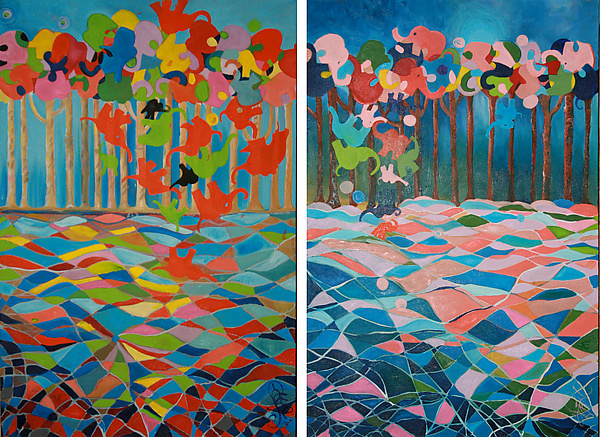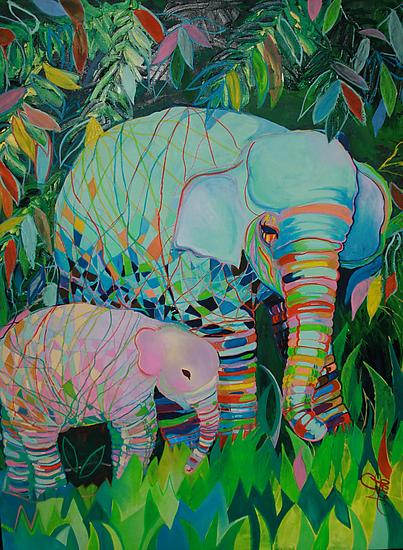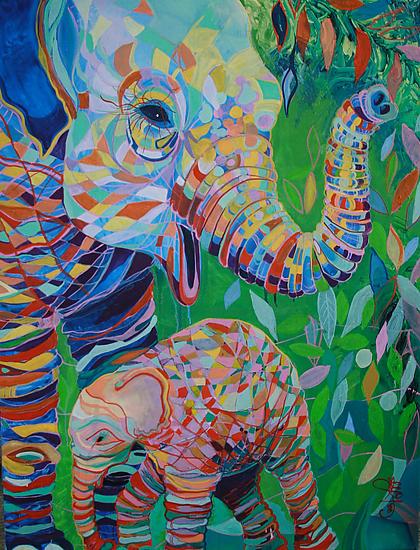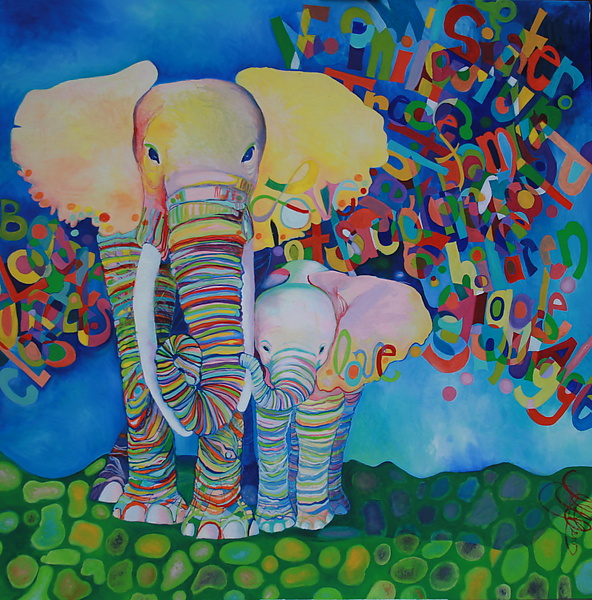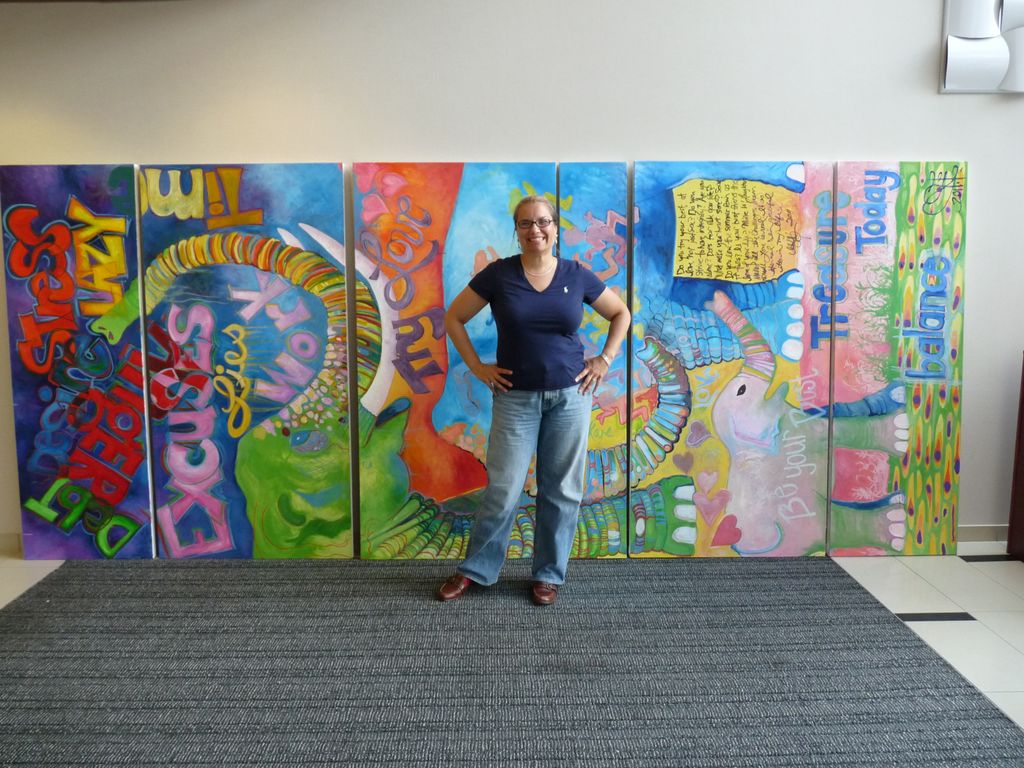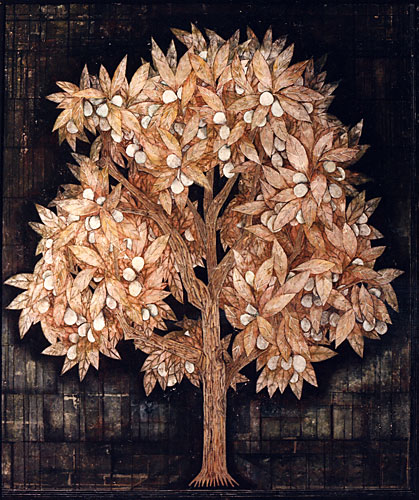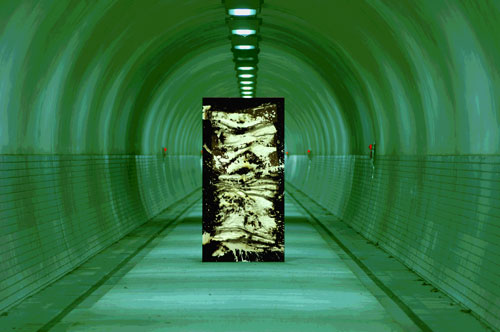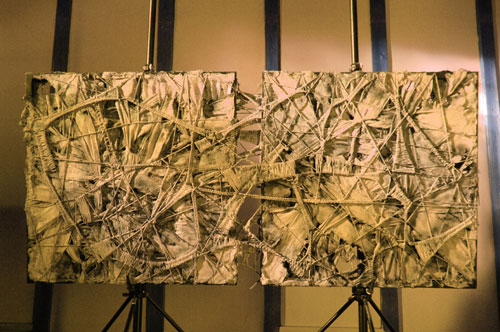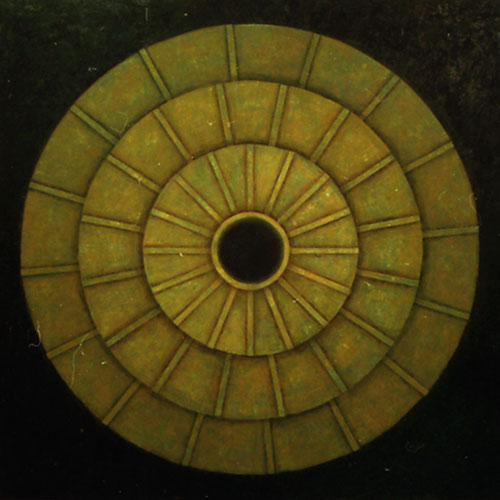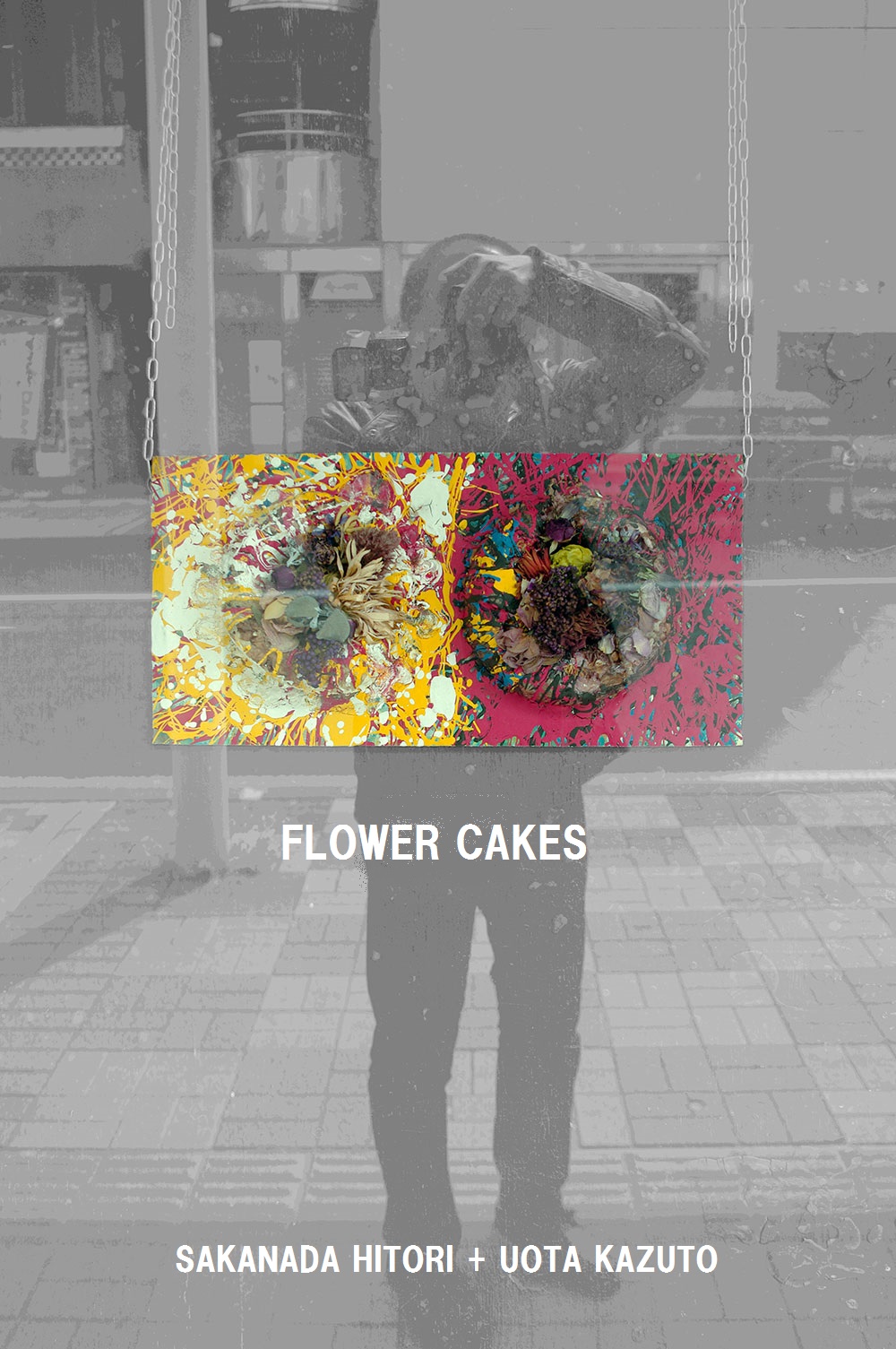Kayela Larsen is an illustrator with a bright, fun style who writes, “I guess the best way to sum myself up is that I like to create things. Almost anything.” Larsen lives in Utah.
Tell us about your evolution as an artist. I’ve loved to draw as long as I can remember. In fact, I can’t recall ever wanting to be anything but an artist. Animation definitely had a huge impact on me. I believe my initial interest in art developed from seeing films like The Little Mermaid and The Lion King. I was amazed that something like that could be created from drawings and I knew that was what I wanted to do! I started drawing all the time. Fortunately for me, my siblings and many of my cousins were really into art as well. I’ve always felt very lucky for that. How many kids can say they grew up with their own team of animators? Whenever we would get together we would plan out story-lines and make up characters for films that we planned to make some time in the future… once we figured out how animated films were made of course. After I started college, my time became more and more limited and art slowly got moved to the back burner. When I got married and had kids I nearly stopped completely. Not intentionally, life just got really busy and time slowly slipped away before I even realized it. I remember sitting up at the kitchen table one night after a particularly rough day. The kids were all asleep and I was alone with my thoughts. Being a new parent had led me to a massive identity crisis. I always thought that “figuring out who you are” was something that you did when you were a teenager, but here I was, a full grown adult and I had no idea who I was anymore. Parenthood brings out a different side of you, in many ways for the better. While I’m incredibly grateful for that, it was still a really hard transition. I felt like a stranger to myself. This new role had turned me into a person that I didn’t even recognize, and I wasn’t sure how to feel about it.
That night I pulled out a sketch pad and paper. I decided I needed to engage myself in something that made me feel the most like me. Drawing seemed like the perfect antidote. Unfortunately my experience was not as healing as I had hoped. My sketches turned out horrible… and the process wasn’t as relaxing or therapeutic as I remember. I felt awkward even holding the pencil and tragically, my drawing reflected that. I realized it had been years since the last time I had sketched and consequently it seemed that I had forgotten how to draw. Staring at my ugly attempt of a portrait, I decided that “artist” was one part of my identity that I wasn’t quite ready to give up yet. I guess that was the wake-up call I needed because I immediately got to work. I spent the next few years attempting to re-build my skills and get to a place that I felt comfortable enough that maybe I could do something with my art. Ultimately I still intend to follow my childhood dream of being involved in film, but I imagine that will probably be several years down the road. I still have a lot to learn and the market is saturated with incredibly talented artist. So in the meantime, I’m trying to find other means to tell stories with my art and continue to develop my skills. Hopefully through things like children’s books or magazine illustrations.
You like to create. And you have wonderful characters. How do you approach new projects? Usually when I start a drawing I begin by identifying what I want to say to the audience. Sometimes it’s a well thought-out story or a joke, but sometimes it’s just a feeling… like portraying someone beaming with happiness, or determined to get something done. Once I know what I want to say I just dive-in and start working through all the problems. I’m still very much in the amateur phase of my craft so it doesn’t always come out as strong as I would like, but I if I stay focused on that original idea, I usually end up satisfied with how it turns out. It’s very important to me that my artwork communicates well. I like to know how the audience is going to respond. Maybe I’m a little controlling that way? I try not to leave a lot of room for open interpretation. I want them to understand the character the way I understand the character. It’s my way of communicating with the audience. I’ve never been very good at expressing myself verbally, I was always the socially awkward, shy kid. Well, truth be told… I still am. I suppose I try to compensate for my lack of verbal communication by having strong visual communication.
How does your art shape your spirituality? Art and spirituality are two aspects of my life that are constantly intertwining. I could write a novel on the topic… seriously! But for your sake, I won’t do it here. One thing that always comes to mind is the creation. When I read about the process of God creating the world, it feels so much like the creative process we all experience when creating something. Finding those similarities brings that part of the scriptures to life for me. It suddenly feels less like some crazy abstract idea, and more like something very relatable and familiar. It’s very grounding. I read your interview with Rose Datoc Dall, and I can relate to her experience on so many levels. I started out with a strategic decision to avoid religious references or even focusing too much on motherhood and children. Even though those things were import to me, I felt like it could be very limiting. I mean, I’m a stereotypical stay-at-home, Mormon mom, ha-ha! Who wants to hear about that? But I found that once I removed those things from my art, I had nothing left to create. As unexciting as my life may be, it’s who I am. My beliefs and my family fuel everything that I do. It’s the deepest, rawest, and fullest part of me. When I try to filter those things out, I lose the sincerity in my work, and I believe people can sense that.
Visit Kayela Larsen’s website.
